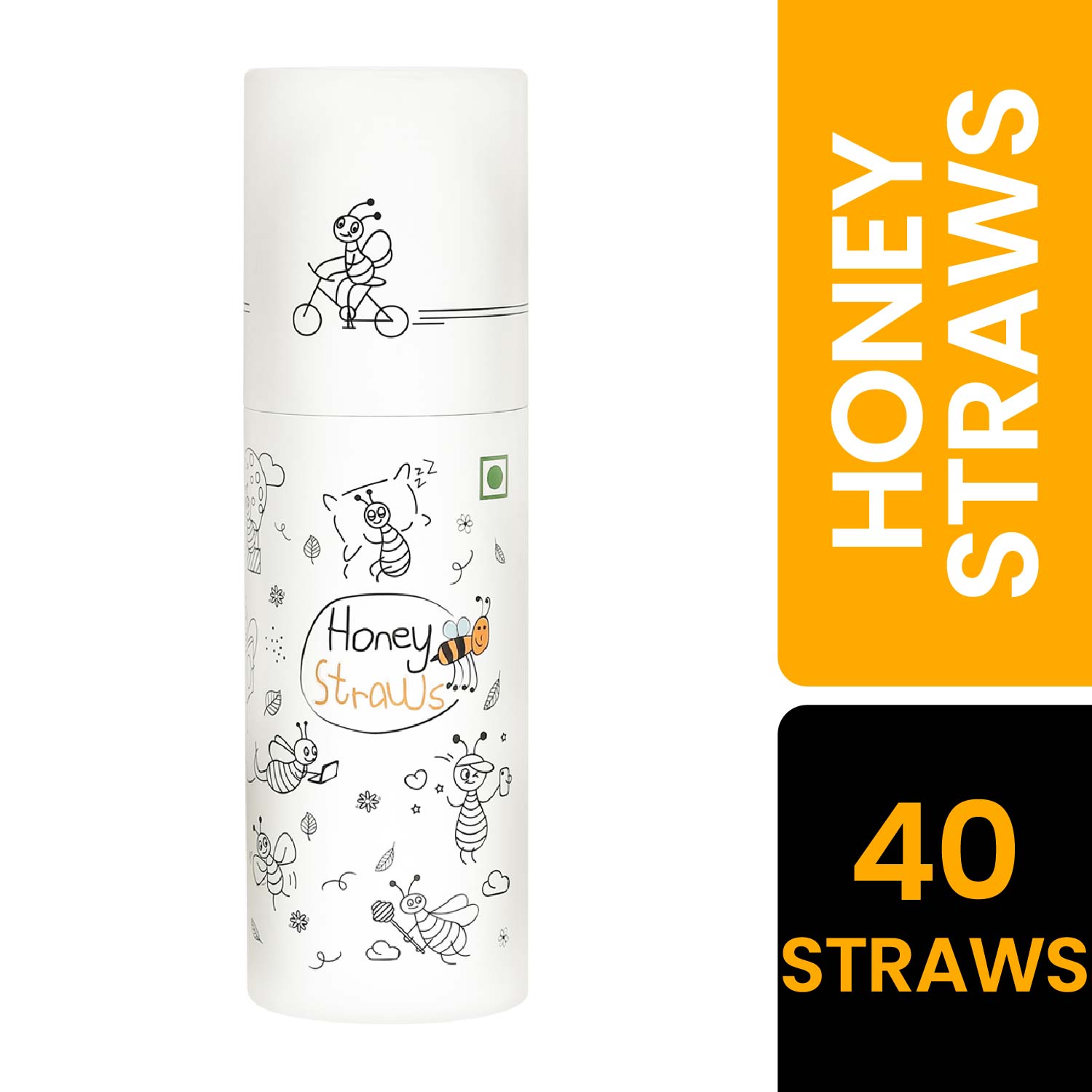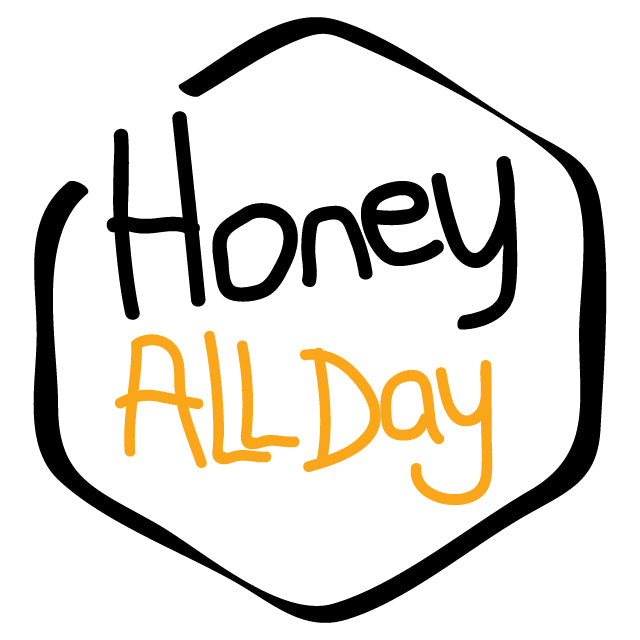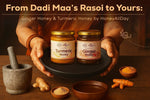Have you ever imagined buying honey from a beekeeper? Each bottle of honey is different and distinct; a one-of-a-kind masterpiece. You can taste the flowers where it was made, the nectar that was gathered, the mood of the bees that day, even the weather. That kind of natural flavor is unparalleled by anything you can get at a grocery store!
Does all honey taste the same?
Honey is a complex gift from nature. Color, texture, taste, and aroma are all determined by how and where it is made. The flavors of honey straight from the hive can be influenced by a variety of factors. These factors are usually determined by the location and season. In many ways, honey is not much different from a glass of fine wine, in that the complexity of the flavor profile will be highly determined by outside factors that can produce desirable traits for all honey lovers. Honey from hives on opposite sides of the same city can also have distinct flavor profiles than each other.
Let’s take a look at a few of the key factors that will affect the flavor of your honey by starting with the very first step in the process.
Flowers influence honey flavors
If you have ever seen honey bees in your garden, this is called ‘Honey Bee Pollination’. Honey bees will travel long distances to collect the nectar they need to survive, so it is not uncommon to see them flying from flower to flower.
Pollination can be a delicate process, as it relies on many different factors. One of the most important variables is the difference between daytime and nighttime temperatures. When the nectar is produced, because it is full of sugars and carbohydrates, it attracts all sorts of bugs. For a bee to take the honey back to its hive, it requires moisture which means the temperature cannot dip below 81F consistently. At any lower temperature than that, the bees will “cool” the nectar for it to become more condensed for easier storage. This must be done once during the night, but honey bees generally do this once every five days or so during the winter months and sometimes even longer during warm summer days. Without this process, there would not be enough honey to keep bees alive throughout winter, as well as pollinate flowers in spring.
The taste of honey is largely dependent on what kind of nectar and pollen the bees choose to collect. One of the main reasons for this is that different types of plants have different amounts and types of extremely small pollen particles.
Once the nectar is inside of the hive, it is stored for future use or processed into honey depending on what type of hive the bees have built. The processing happens in the special stomachs of worker bees that add an enzyme to change the sugar content of the nectar into honey. The different qualities of honey depend on many things including the variety of flowers used, but also include soil quality as well as ambient weather conditions. This is why we experience such a wide variety when it comes to the types of honey available at the grocery store – they reflect the locality where they were produced.
Different Flavours of Truly Raw Honey –
Truly Raw Honey comes in different flavors that are distinct, and varied in taste. You might wonder how these flavors arrive? Truly Raw Honey isn’t man-made to be flavored with fruits, spices, or extracts. It’s all-natural, hence the honey is bound to carry the flavor of the place it comes from.
To begin with, we’re interested to tell you something about what Kashmir Multiflora Honey is. In simple words, it’s exquisite amber-colored honey made from the nectar of various botanical sources of flowers indigenous to varied regions of the State of Jammu and Kashmir, India. Kashmir is located at a high altitude in the Himalayas and provides a wide variety of flora and fauna providing excellent natural conditions for bees to carry out their foraging activities. Further, Kashmir is blessed with multifarious flora like that of litchi fruit, plum, apple, pear, peach, buckthorn, fir, walnut, and pashmina which are rich sources of floral nectar for building up their hive products.
Bengal Multiflora Honey gets its dark brown texture from the wilderness of West Bengal and Jharkhand. The plateau region is famous for its pristine forest storehouse. It is home to diverse flora and fauna including wild elephants, tigers, rhinos, spotted deer, and wild boar. The tropical climate and natural environment of the area have given rise to a variety of flora including Palash plants and cane palms. These are the favorite food for local bees, which then become Bengal Multiflora honey – one of the best Indian edible truly raw honey varieties available.
Forest Raw Honey is extracted from deep forests and surrounding areas. Wild bees live in these areas and are responsible for creating forest honey. The wild bee visits the nectar of various flowers and then comes back to the hive where it adds its enzymes during the fermentation process that gives Forest Honey its distinct characteristics.





